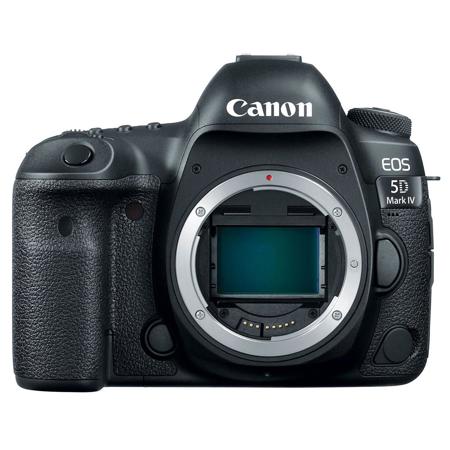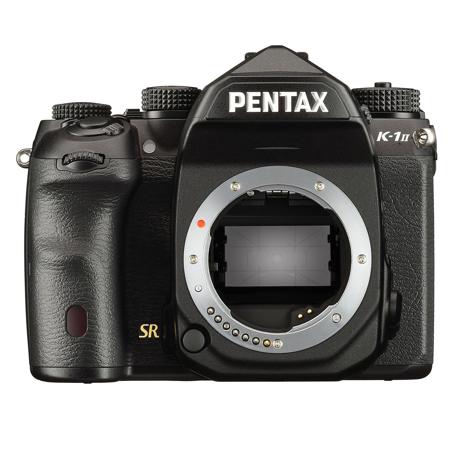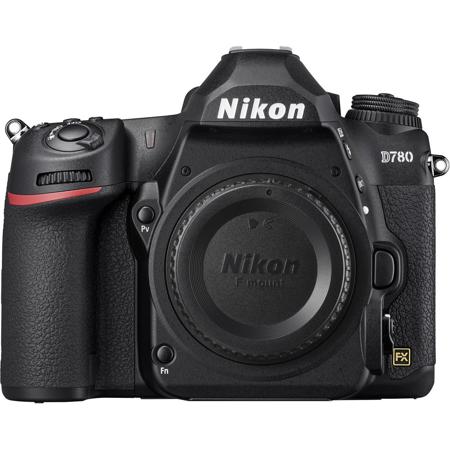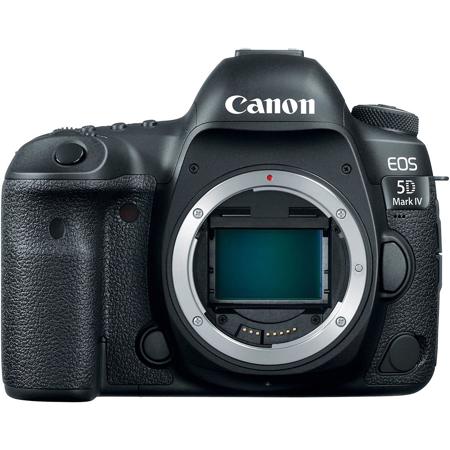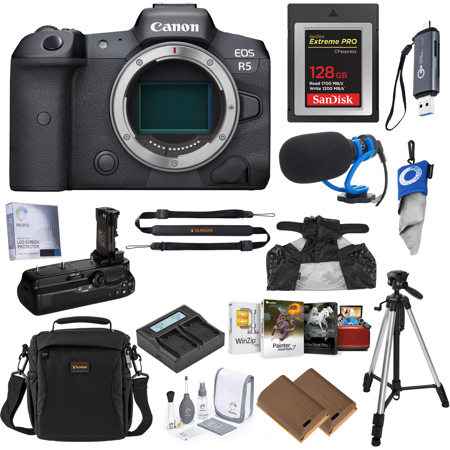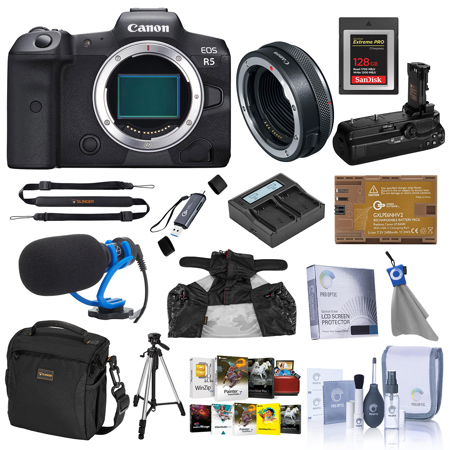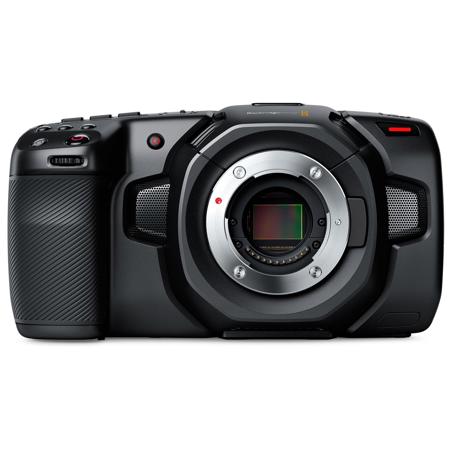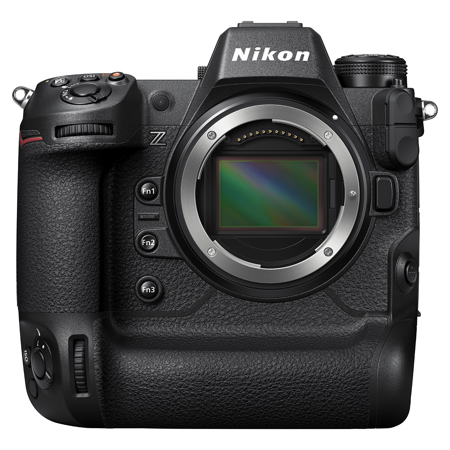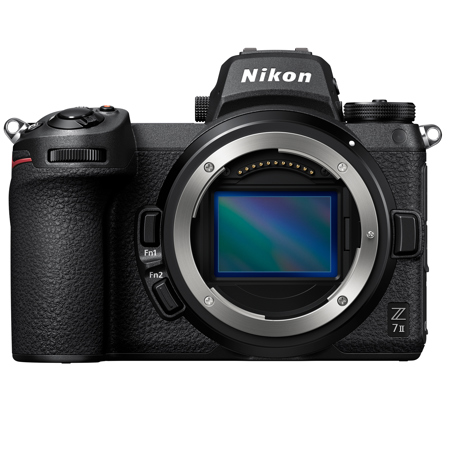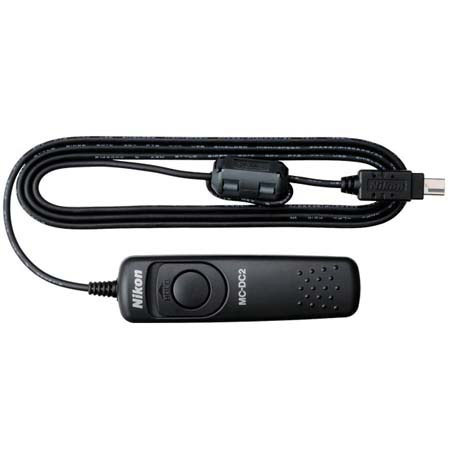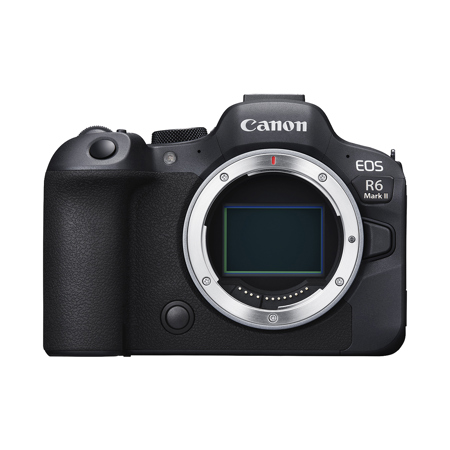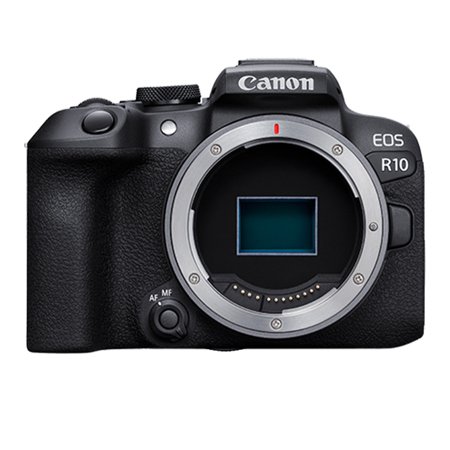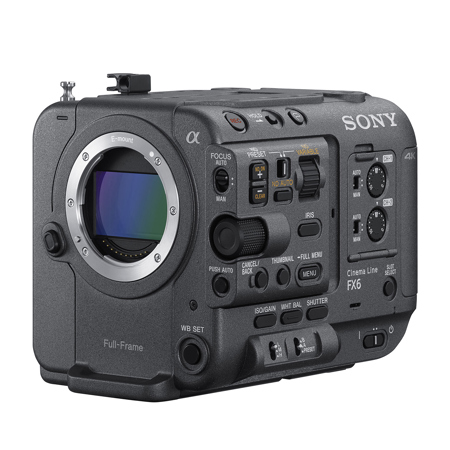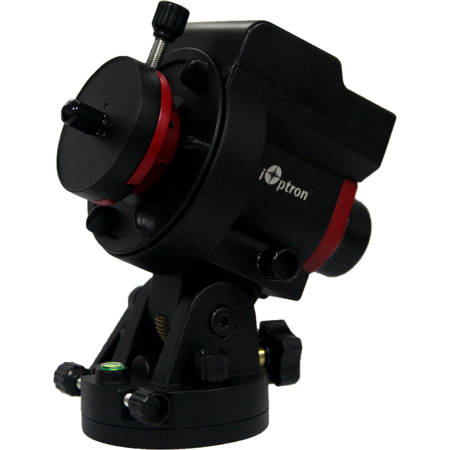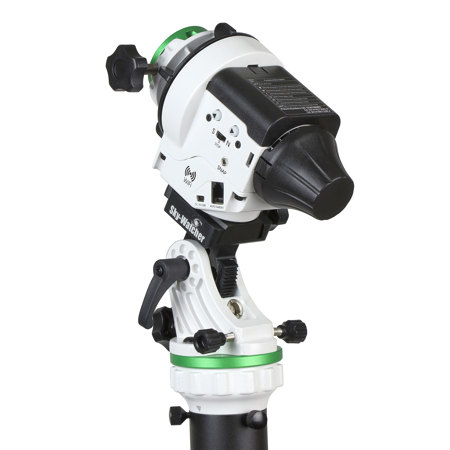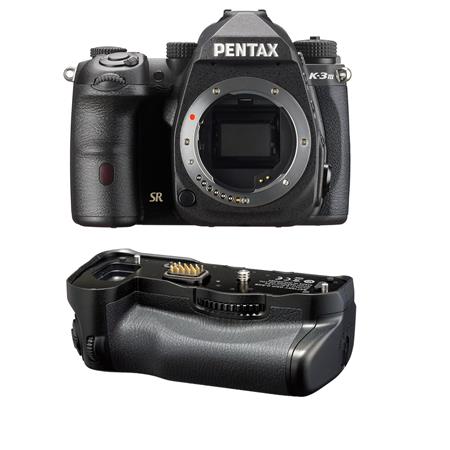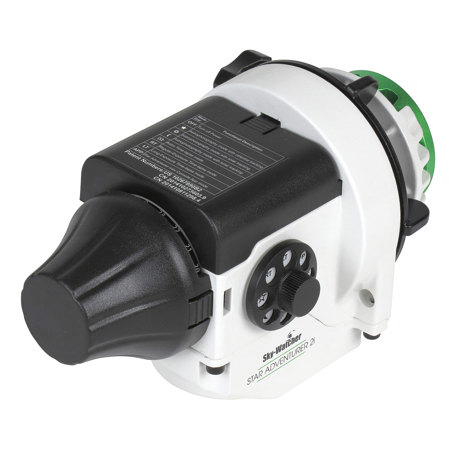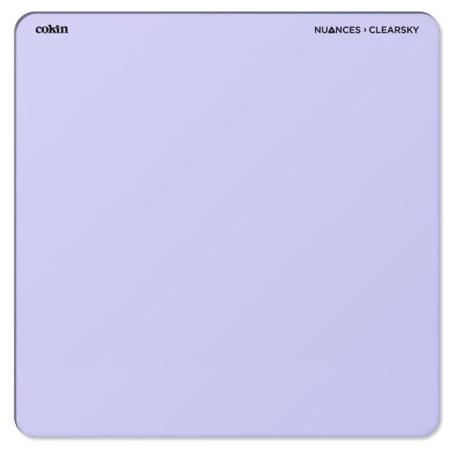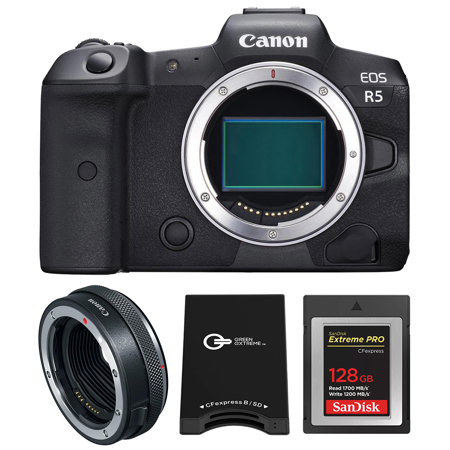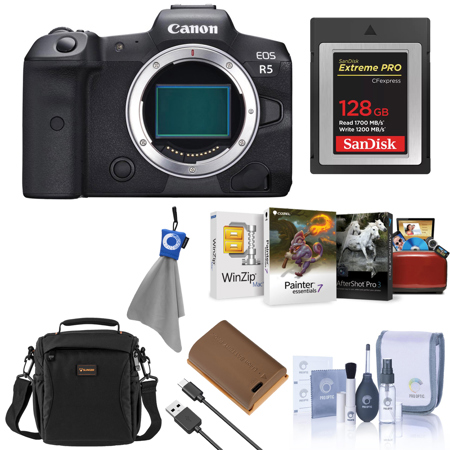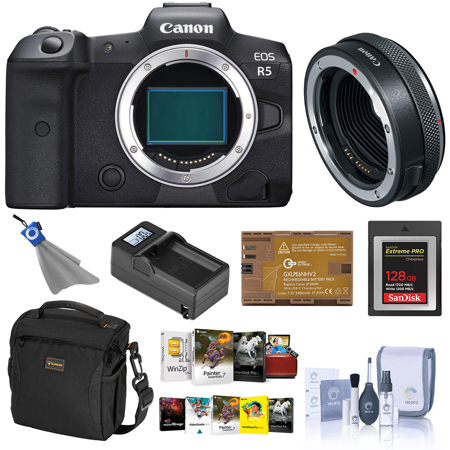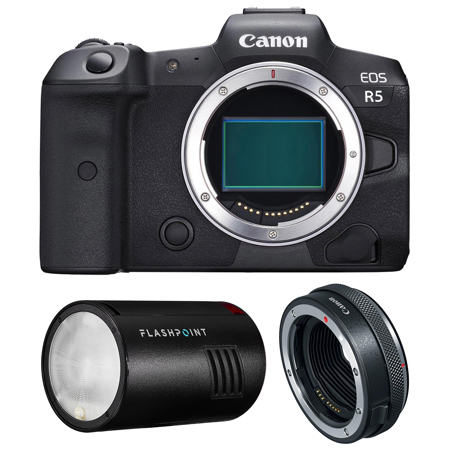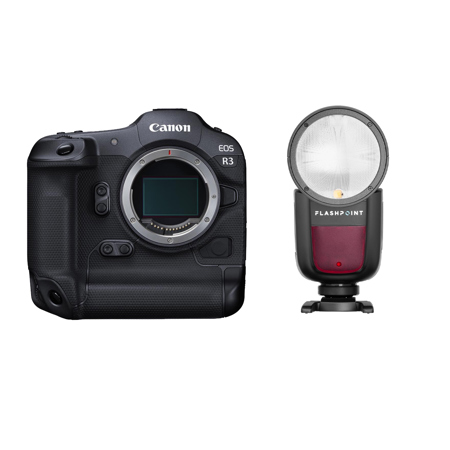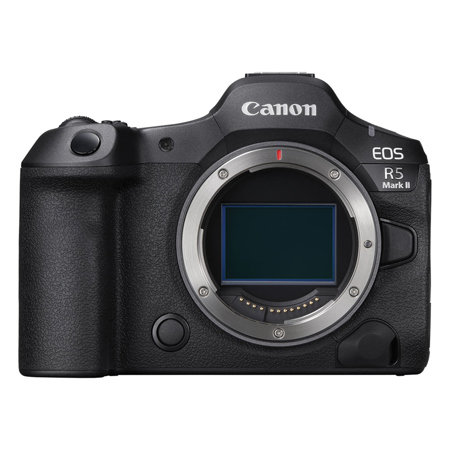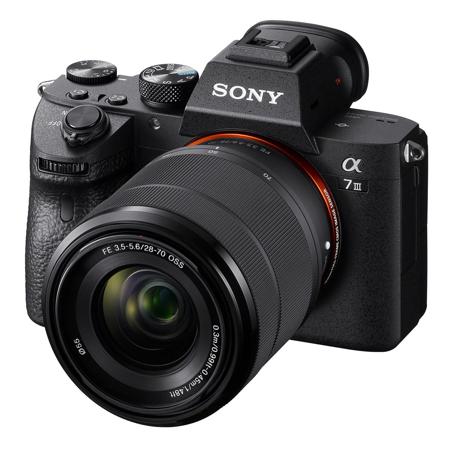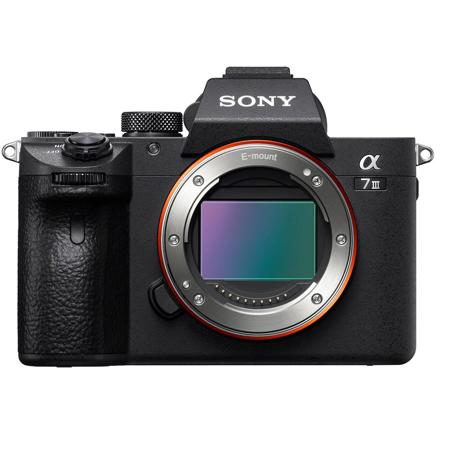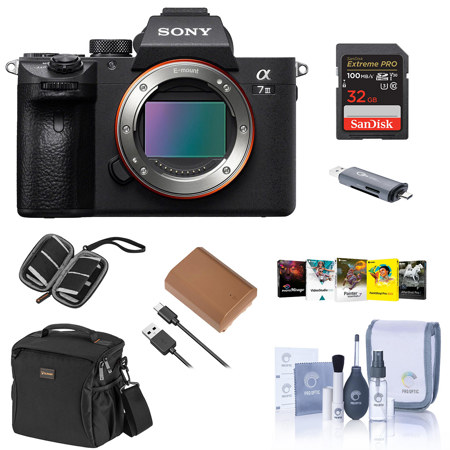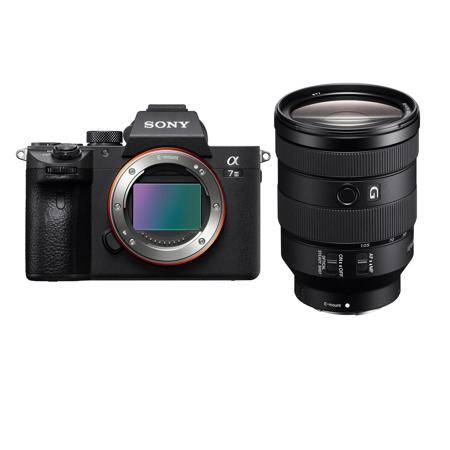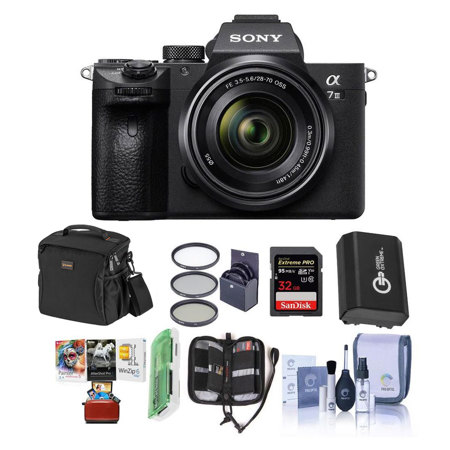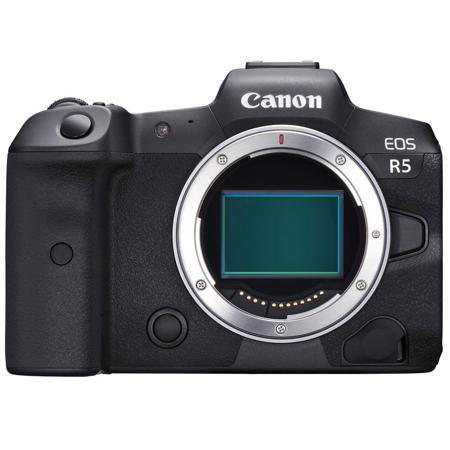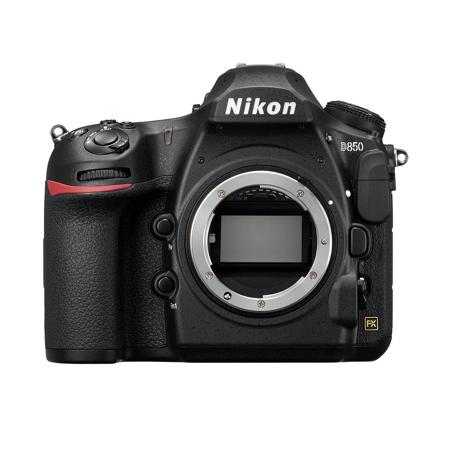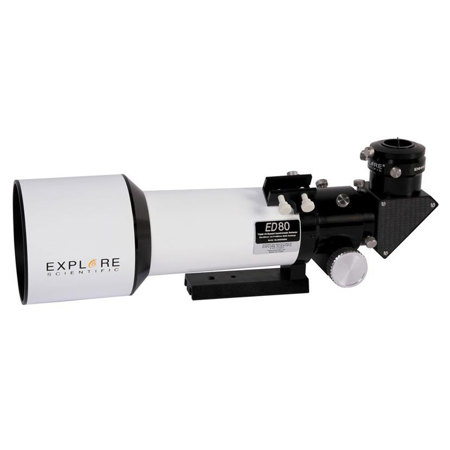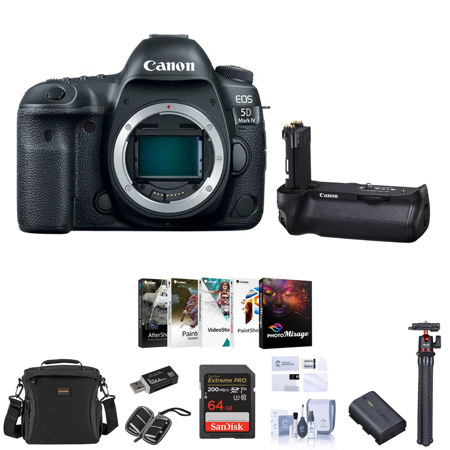DSLR Cameras For Astrophotography
Astrophotography is a captivating pursuit that blends technical skill with a sense of wonder, inviting photographers to capture the grandeur of the night sky. As autumn deepens and the nights grow longer, it’s the perfect season for stargazers and photographers alike to venture out under crisp October skies. Whether you’re hoping to immortalize the luminous sweep of the Milky Way, the subtle glow of distant nebulae, or the sharp craters of a waxing moon, the right astrophotography DSLR camera can make all the difference. When browsing through a selection of astrophotography cameras, it’s important to consider features that are tailored to the unique demands of night sky imaging: high ISO performance to minimize noise in low-light conditions, robust manual controls for precise exposure adjustments, and the ability to shoot long exposures without introducing unwanted artifacts. Many seasoned astrophotographers recall their first successful star trail image or the thrill of capturing Saturn’s rings on a clear night—these moments are made possible by cameras designed to excel in challenging lighting and to deliver crisp, detailed results even when the world is asleep.
Selecting the best DSLR for astrophotography involves more than just choosing a camera body; it’s about finding a tool that fits your creative vision and technical needs. For beginners, entry-level astrophotography DSLR cameras offer an approachable gateway into the world of night sky photography, providing intuitive controls and reliable performance for capturing the moon, constellations, or even glimpses of the aurora borealis. Enthusiasts and advanced users often look for models with full-frame sensors, which gather more light and offer superior image quality—essential for revealing faint celestial details. Features like advanced noise reduction, high ISO sensitivity, and compatibility with remote shutter releases or intervalometers are invaluable for minimizing camera shake and ensuring clean, sharp images during long exposures. Many astrophotographers also appreciate the versatility of DSLRs, which can be paired with a wide range of lenses and accessories to suit different styles, from wide-angle Milky Way panoramas to close-ups of lunar features. These cameras make thoughtful gifts for anyone drawn to astronomy, science, or outdoor adventure—imagine the delight of giving a loved one the means to capture their first meteor shower or to document the constellations from a favorite camping spot.
Astrophotography cameras are not just for professionals; they empower hobbyists, students, and families to explore the universe together. The process of setting up a tripod in a quiet field, adjusting manual settings by red flashlight, and waiting for the perfect moment as the stars wheel overhead becomes an experience in itself—one that fosters patience, curiosity, and appreciation for the natural world. As you browse this curated list of astrophotography DSLR cameras, consider how each model might serve your goals, whether you’re building a portfolio of deep-sky images or simply hoping to share the beauty of the cosmos with friends and family. For those interested in expanding their photography beyond the stars, you can explore more options and inspiration on our DSLR For Photography page. With the right astrophotography DSLR, the night sky transforms from a distant mystery into a canvas for your creativity, offering endless opportunities to capture and share the magic of the universe.
Selecting the best DSLR for astrophotography involves more than just choosing a camera body; it’s about finding a tool that fits your creative vision and technical needs. For beginners, entry-level astrophotography DSLR cameras offer an approachable gateway into the world of night sky photography, providing intuitive controls and reliable performance for capturing the moon, constellations, or even glimpses of the aurora borealis. Enthusiasts and advanced users often look for models with full-frame sensors, which gather more light and offer superior image quality—essential for revealing faint celestial details. Features like advanced noise reduction, high ISO sensitivity, and compatibility with remote shutter releases or intervalometers are invaluable for minimizing camera shake and ensuring clean, sharp images during long exposures. Many astrophotographers also appreciate the versatility of DSLRs, which can be paired with a wide range of lenses and accessories to suit different styles, from wide-angle Milky Way panoramas to close-ups of lunar features. These cameras make thoughtful gifts for anyone drawn to astronomy, science, or outdoor adventure—imagine the delight of giving a loved one the means to capture their first meteor shower or to document the constellations from a favorite camping spot.
Astrophotography cameras are not just for professionals; they empower hobbyists, students, and families to explore the universe together. The process of setting up a tripod in a quiet field, adjusting manual settings by red flashlight, and waiting for the perfect moment as the stars wheel overhead becomes an experience in itself—one that fosters patience, curiosity, and appreciation for the natural world. As you browse this curated list of astrophotography DSLR cameras, consider how each model might serve your goals, whether you’re building a portfolio of deep-sky images or simply hoping to share the beauty of the cosmos with friends and family. For those interested in expanding their photography beyond the stars, you can explore more options and inspiration on our DSLR For Photography page. With the right astrophotography DSLR, the night sky transforms from a distant mystery into a canvas for your creativity, offering endless opportunities to capture and share the magic of the universe.
